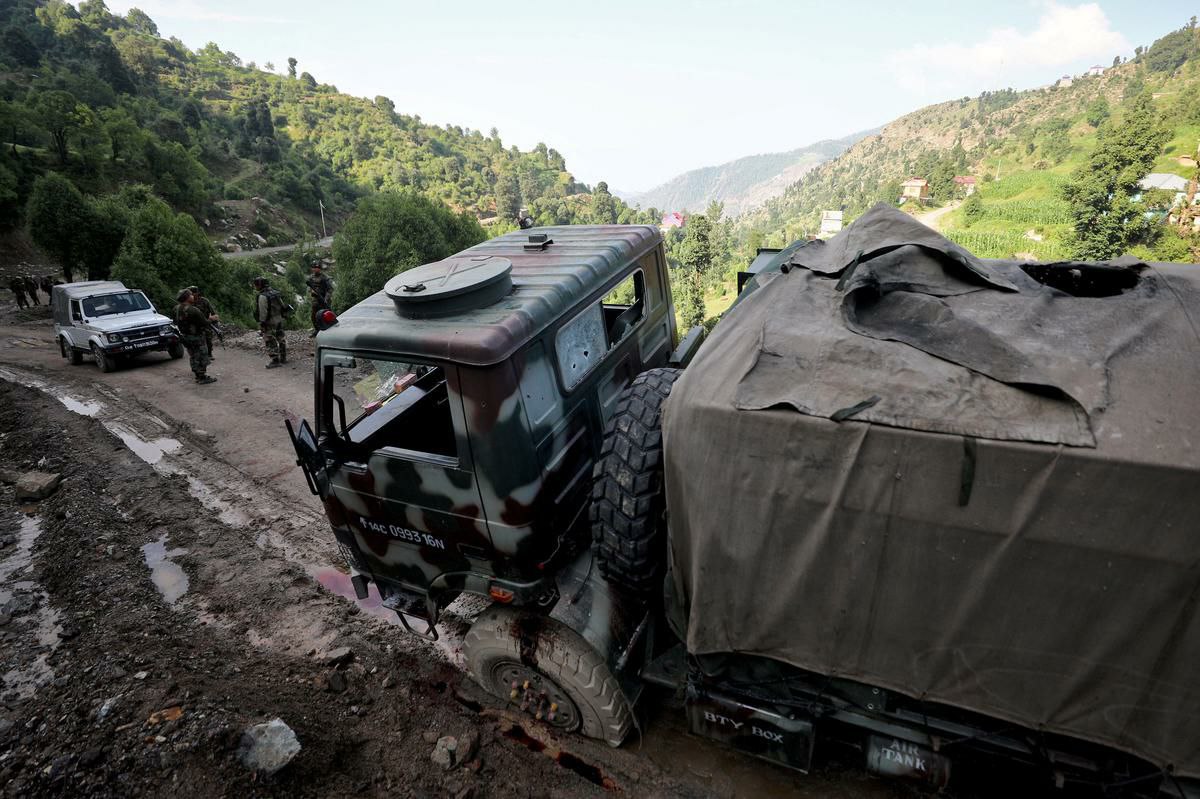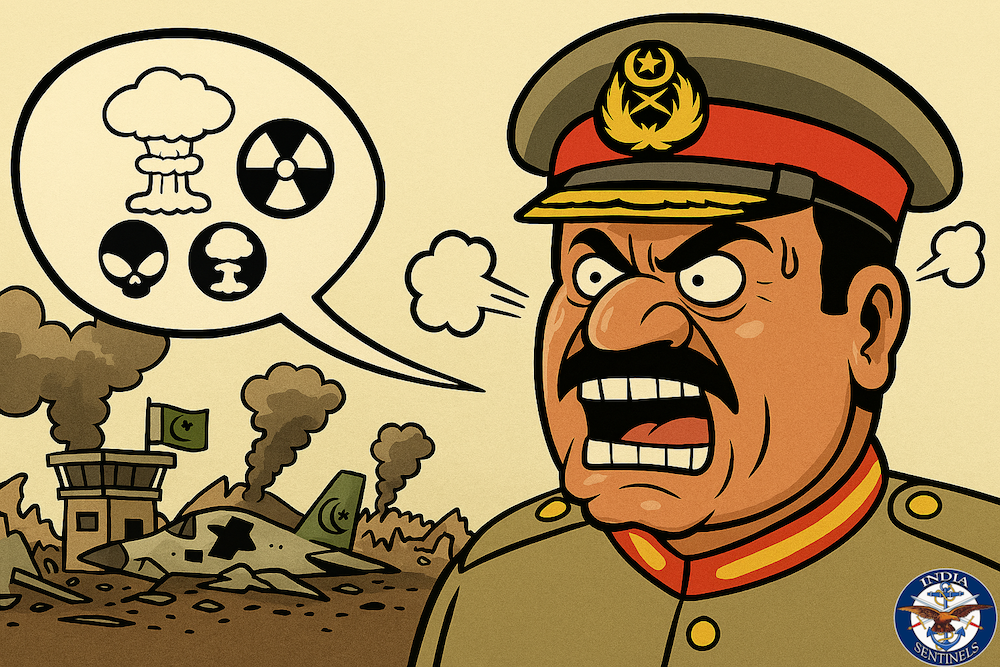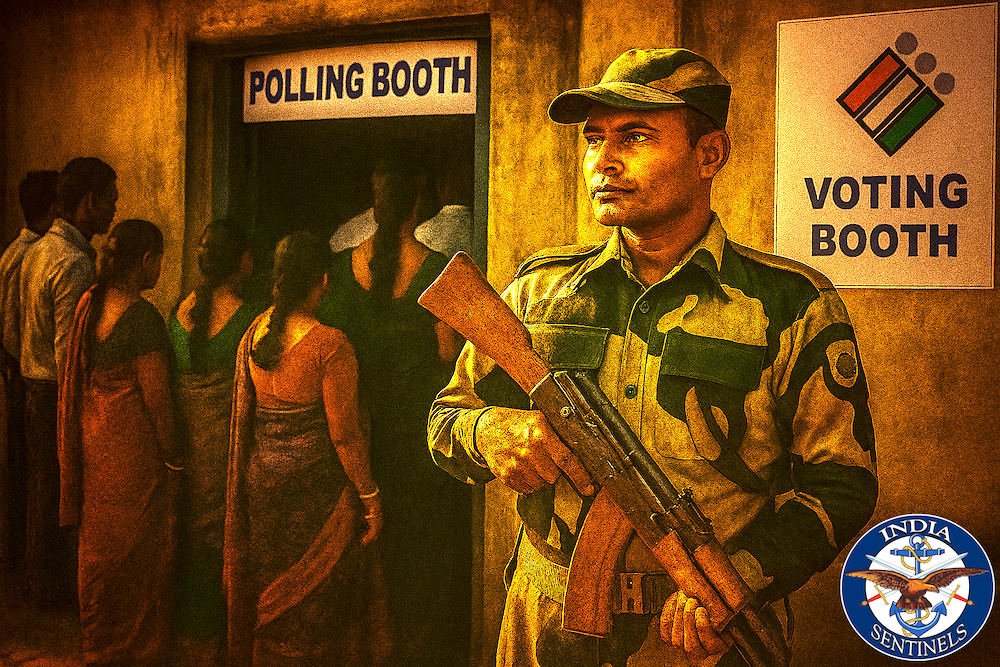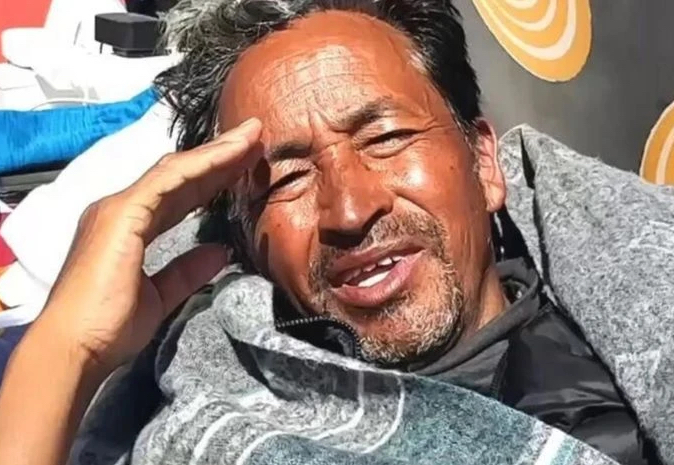 An Indian Army truck that was ambushed by militants in Jammu’s Kathua, in July 2024. (Photo via X)
An Indian Army truck that was ambushed by militants in Jammu’s Kathua, in July 2024. (Photo via X)
The security forces in the Union territory of Jammu & Kashmir have deployed complete paraphernalia of counterinsurgency capabilities to contain militancy and assets flowing from across the border and originating locally with cross-border support. The fact that the troops on the ground are fighting valiantly despite facing surprise ambushes in the hostile and difficult hilly terrain speaks volumes of courage and fortitude of men on the ground.
Earlier the primary battleground of militancy was the Kashmir valley. However, now it has become “shifting militancy”, wherein strategic insurgency planners have shifted focus on the Jammu region. In the recent past, there have been a number of ambushes on security forces, the most recent being an encounter in the Desa area of Jammu’s Doda district, in which four soldiers, including an Indian Army officer, were killed in action valiantly fighting militants.* This is the second major attack by militants in Jammu region in the last one week in the continuing spiral of attacks.
[*At the time of the publication of this article the operation is reported to be still ongoing.]
Also read: National security and India-US convergence
As the assembly election for Jammu & Kashmir may take place shortly, as per Supreme Court’s directions, it is apparent that the recent spike in militant incidents is handiwork of cross-border sponsors to create an environment of fear and derail the electoral process.
The annual report of the Union home ministry for 2022-23 categorizes the Pakistan-sponsored insurgency in Jammu & Kashmir as a major internal security issue for India. It is a fact that Pakistan-sponsored militancy in the UT is continuing unabated. The infiltration of the militants, in all likelihood, is taking place through line of control (LoC) and international border-both in the Jammu and the Kashmir regions. The opportunity and initiative for infiltration rests with their sponsors sitting across the border. Militant backers choose the time and place to infiltrate to avoid detection and further neutralization. The recent militant actions in the UT indicate that cross-border sponsors have strategically shifted focus from valley to Jammu region.
The security forces retaliate and neutralize the militants. However, such deadly incidents are happening at irregular intervals with regularity. It is a pointer that infiltration is continuing and seems to have picked up. It calls for a continuous review of the counter infiltration grid. There is a need to put a stop to infiltration by either totally plugging gaps or to eliminate the infiltrators before they could strike by not giving them time to hide in dense mountain forests and simultaneously seek local support by merging with the local population. It must be mentioned that insurgency in the UT is continuing since sources of its sustenance from across the border and at local level are intact. They need to be wrung dry. For that, the intelligence umbrella over the region needs review and strengthening.
Also read: Restrategizing anti-Naxalite ops is key to end Maoist insurgency
The “war on terror” has multiple domains. The primary domains are physical and psychological. Both physical and psychological ascendancy over terror infrastructure play a central role in winning small battles against terrorism. The physical and psychological domains need equal emphasis from strategists involved in planning and evolving an effective counter insurgency strategy. Strategists need to realize that physical dominance over militants is the only way to achieve moral and psychological ascendancy.
Physical dominance boosts psychological ascendancy. It restores trust and faith of people in the security establishment, whereby people sitting on the fence, called the silent majority, gather courage to help the security forces. The strategists must realize that one kill by the militants – be of a civilian or a soldier – spreads fear among thousands and deals a blow against war on terror as it alienates people fearing physical harm.
Also read: Need ethics code and cooling-off period for veterans joining politics
So, what does the security establishment need to do to arrest the scourge of militancy spreading its fangs in the Jammu region encompassing the area south of Pir Panjal?
The security strategists must realize that the militancy, after shifting through Poonch-Rajouri, Reasi and Kathua, has reached Doda covering the whole of Jammu region. This has spread fear among locals over a vast geographical area, making the task of security establishment extremely difficult. It may move back in anti-clockwise fashion keeping the security establishment on tenterhooks by not allowing forces to stabilize and secure vast geographical spread.
Militants need local support. They cannot stabilize and survive without local support. They need intelligence to execute plans, which comes from either their cross-border handlers or local contacts. The last-mile execution of plans by terrorists generally is based upon local human intelligence; hence the need to win over local support in the fight against terror.
Earlier, way back in 2003, when militants infiltrated and entrenched themselves in fortified bunkers on Hill kaka mountains of Pir Panjal ranges in Poonch, a local named Tahir Hussain – a Gujjar from Marrah village – guided troops, which led to successful neutralization of several militants. With militants striking every now and then in Rajouri-Poonch-Reasi-Kathua regions, the situation is grim. This calls for the need to seek extensive local support. Locals need to play a vital role to win war against terror. However, it seems locals are hesitant to share intelligence on movement and activities of terrorists due to safety concerns.
Also read: India-Myanmar Border – Build fence, strengthen free-movement regime
In order to volunteer real-time intelligence, there is a need to strengthen human intelligence by achieving psychological ascendancy over the insurgency infrastructure, which is only possible by spreading the umbrella of physical dominance over affected areas. This will assure locals of safety and, which will pave the way for them to willingly cooperate with the security forces in war against terror.
Terrorism and insurgency in Jammu & Kashmir is a Pakistan-sponsored phenomenon, wherein armed “state and non-state actors” cross through the LoC and international border. All traditional routes emanating from LoC and going to the hinterland need continuous domination. Similarly, the international border is prone to tunnelling for successful infiltration. There is a need to strengthen human intelligence both on the LoC and international border. For this, human intelligence must cover an area of five to ten kilometres in depth across the border to track movement of the militants from their launch pads and anticipate the likely crossing points over ground or through tunnels. Human intelligence must cover an area of at least 20 to 30 kilometres in depth from the border to the hinterland.
The roads and mountain/forest/village tracks need special attention. This is only possible through physical domination of an area to achieve psychological ascendancy over terrorist infrastructure, thus inculcating a feeling of trust among locals to seek their willing cooperation in the fight against terror. Physical dominance will deprive the militants of finding sanctuary among locals, push them deep into uninhabited areas, which will deprive them of logistic support- a must for survival. Such a situation will demoralize them causing morale attrition, which in turn will provide an automatic morale boost to the security forces and local population. It will also help the security establishment in getting better intelligence to track and neutralize the militants.
Also read: Bringing Jammu & Kashmir out of the quagmire of militancy
How to achieve physical dominance over a highly rugged vast geographical and mountainous area?
Physical dominance requires boots on the ground coupled with technical surveillance, which may not be always practical and possible round the clock in a difficult and rugged terrain bereft of infrastructure required for continuous operation of technology-based surveillance devices. It is a fact that each inch of the ground cannot be covered with a security umbrella. However, there is a need to induct additional troops to ensure physical dominance over the area to thwart the insurgents’ designs to create insecurity and instability in the region.
The Border Security Force has vast experience of fighting terrorism and militancy in Jammu & Kashmir and had stabilized vast regions of the erstwhile state, now Union territory, in the past. The government may resort to additional induction of BSF battalions in the region for solely fighting terrorism and, if required, resort to additional raising of battalions on an urgent basis.
Also read: Attrition in CAPFs – A call for in-depth analysis, proactive measures
Another important aspect of physical domination is the establishment of mohalla-/town-defence committees in urban or semi-urban areas and establish/strengthen the village-defence committees in rural areas. There is a need to arm and strengthen these voluntary armed anti-terrorist/anti-militant vigilante groups formed from the locals themselves. Arming and strengthening of village/town defence committees ensure physical dominance and spreads physical dominance cover over vast geographical span, will strengthen human intelligence and create a sense of security and trust among locals. This makes towns and villages key stakeholders in the fight against terrorism.
There is an urgent need for the security strategists and the security establishment to adopt a coordinated and proactive aggressive approach to defeat militant terror. This coordinated attacking approach must lay down key result areas (KRAs) to be attained in a time-bound manner. The KRAs must aim at establishing physical domination over vast areas through forces and town-/village-defence committees. The security strategists and the security establishment must create strong human intelligence networks on both sides of the border. They must then undertake intelligence-based seek-and-destroy missions to engage and neutralize insurgents’ infrastructure to reverse the present trend of militants surprising the security forces with out-of-the-blue attacks.
A well-coordinated aggressive approach certainly will help in containing infiltration, militancy, and terrorism.
Disclaimer: The views expressed in the article are the author’s own and don’t necessarily reflect the views of India Sentinels.
Follow us on social media for quick updates, new photos, videos, and more.
Twitter: https://twitter.com/indiasentinels
Facebook: https://facebook.com/indiasentinels
Instagram: https://instagram.com/indiasentinels
YouTube: https://youtube.com/indiasentinels
© India Sentinels 2024-25










